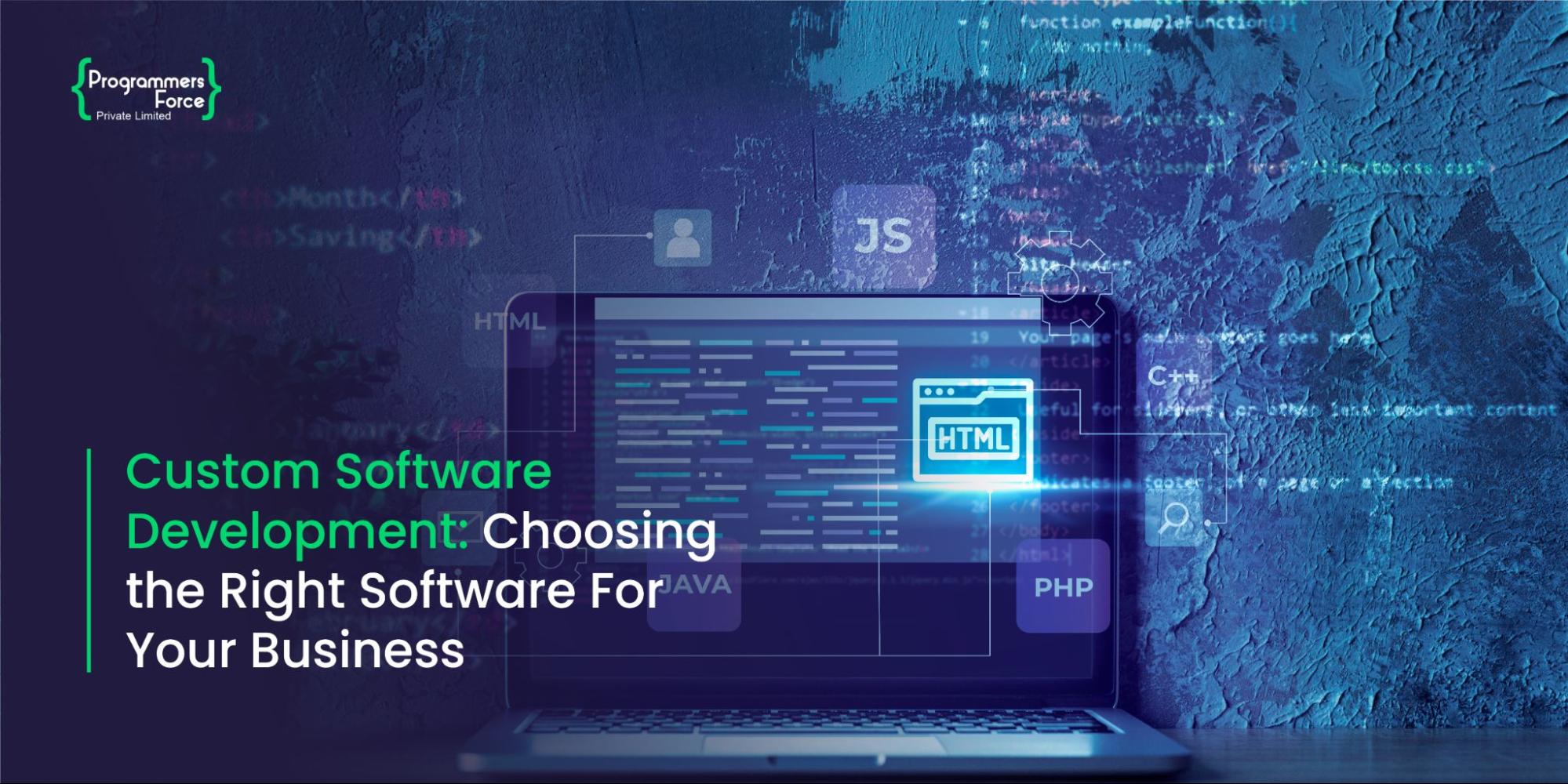
Deep learning Solutions – A Complete Guide (2023)
Artificial intelligence heavily depends on machine learning processes, which is why hear ML more these days. Machine learning where makes a computer predict outcomes from the existing input and also enables modern systems to self-learn new patterns and abilities. This is where Deep learning solutions step in as they allow efficient data processing and learning, making the outcome much more accurate and reliable. Deep learning has gained massive popularity in the tech industry, and its algorithms are widely used in scientific computing to solve complex problems. It is estimated that the Deep learning market will grow up to $930 million by 2025.
What is Deep Learning?
The term “deep” refers to the tons of layers that enable the machine to create a network of nodes that work as a human brain, processing information and devising new data from it to provide solutions to problems. In a typical deep-learning process, the machine is fed tons of data through an operation known as backpropagation, allowing the system to learn from it and improve its accuracy over time.
Difference between Deep Learning and Neural Networks
Many confuse deep learning with neural networks, however, both are related but distinct concepts. Neural networks are ML models that are loosely inspired by human neurons present in the brain. A neural network typically consists of a series of interconnected layers (nodes or neurons), typically three layers including input, and hidden output layers that process data and produce predictions.
On the other hand, Deep learning involves building and training neural networks with multiple or Deep layers. These networks are much larger than neural networks with hundreds of layers, allowing more sophisticated patterns and representations of data.
In other words, deep learning is a type of neural network architecture that uses different layers for processing data, enabling the machine to learn from large amounts of information, and increasing the overall accuracy. Neural networks are the foundation of deep learning.
How do Deep Learning Algorithms Work?
The deep learning workflow depends on the artificial neural nets that mirror computing information. In the first process, the data is fed to the system, and the algorithms use the unknown components from the data to extract features, group objects and discover useful data patterns. All algorithms aim to increase the performance of the machines enabling self-learning abilities.

Deep Learning Solutions
Here are some of the main algorithms that revolutionize machine learning.
1. Convolutional Neural Networks (CNNs)
CNN also called ConvNets are multi-layers mostly used in image processing and object detection systems. Developed by Yann LeCun, the CNN method was first used to recognize characters like ZIP codes and digits. The working methodology in the convolutional neural networks consists of different layers, namely the convolutional layer, rectified linear unit, pooling layer and fully connected layer. Each layer performs different operations and the output of every layer works as the input for the next to enhance data extraction and pattern matching.
2. Recurrent Neural Networks (RNNs)
Moving on to the next deep learning solutions, we have RNNs that work in connection with the LSTM algorithm. Recurrent neural networks allow the output generated from the previous (LSTM) phase to be fed as an input to the current phase. It can memorize past data from internal memory. RNNs usually play a crucial role in generating image captions, handwriting recognition, and machine translation. Moreover, the RNN can process inputs regardless of their length.
3. Long Short Term Memory Networks (LSTMs)
LSTMs fall in the category of Recurrent neural networks which is responsible for learning and memorizing long-term dependencies. The biggest advantage of using long short-term memory networks is that it retains information over time. It is useful in time-series prediction because they remember the previous inputs, chaining all the interacting layers. Long short-term memory networks are typically used in music composition, speech recognition, and pharmaceutical development.
4. Generative Adversarial Networks (GANs)
Generative Adversarial Networks (GANs) are deep learning algorithms for crafting out new data instances. As the name suggests, GANs generate data that resemble training datasets. It has two components, a generator, and a discriminator. The first component is responsible for generating fake data, and then the discriminator learns from that dummy data generated, differentiating with real sample input. The use of GANs has recently increased, and this deep learning model helps simulate computer visuals, such as upscaling low-resolution 2D samples into high-quality textures through image training.
Quick fact: GANs can recreate old 2D textures to convert them into 4K or even higher quality!
5. Radial Basis Function Networks (RBFNs)
The next deep learning algorithm in the list is the Radial basis function network which is a special type of feedforward solution that consists of an input layer, hidden and output layer. This method is mostly used for classification, regression and time-series prediction. To measure the input’s similarity, the RBFN algorithm contains a vector input that feeds the first layer. This layer does not perform any computation rather just forwards the input data to the hidden layer where all the complex computation is performed. RBFN is based on the cover theory for processing data.
How Programmers Force Can Help
Deep learning solutions are getting better with time. New AI-powered tools for language, image, and video processing are arriving in the market that utilizes these deep learning strategies. Well-trained applications tend to perform very well when prompted with rich inputs. And all of this is made possible with the use of deep learning algorithms running at the back. As a machine learning solution provider, the Programmers Force is keen to employ data scientists that have the potential to cruise forward in the field of machine learning. Our well-tailored machine-learning solutions contribute to the evolving tech industry. Contact us for more guidance on deep learning.










